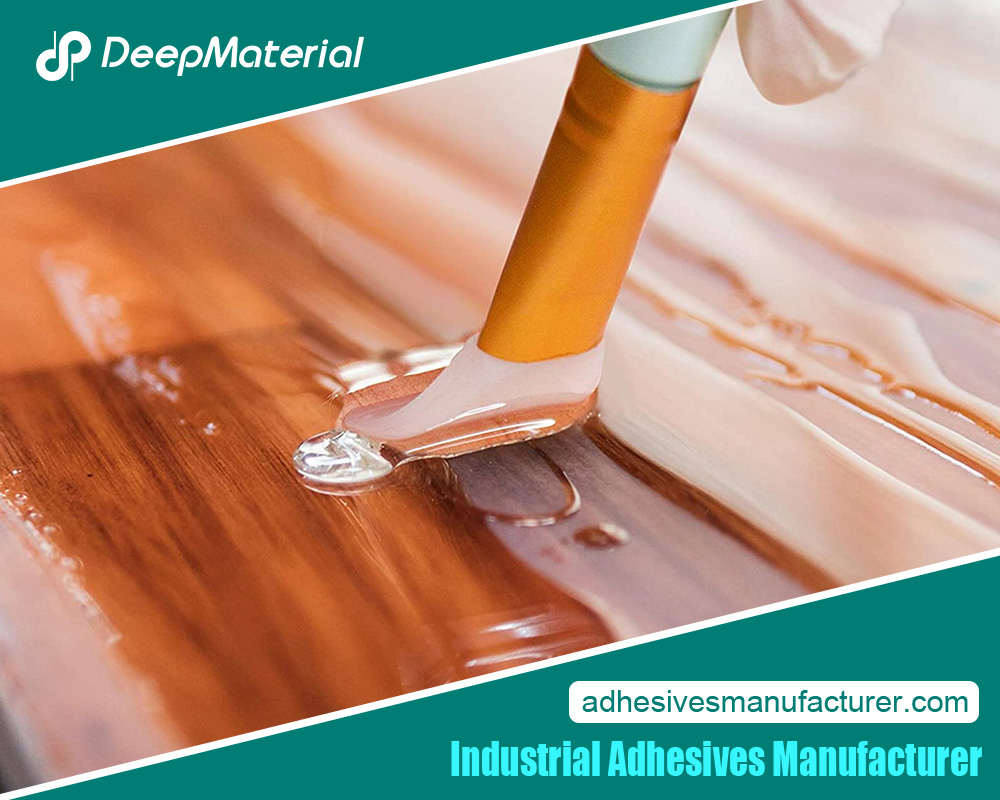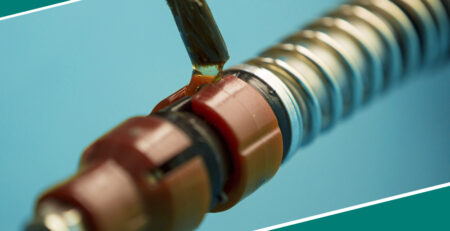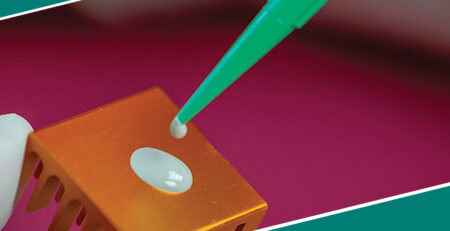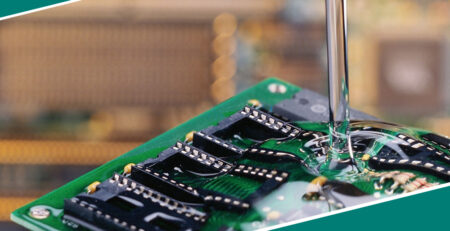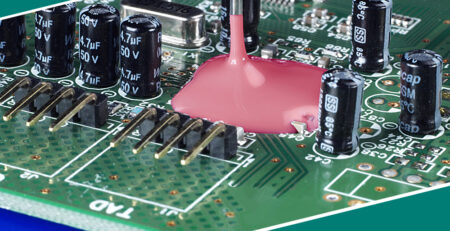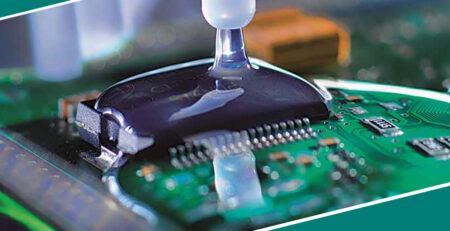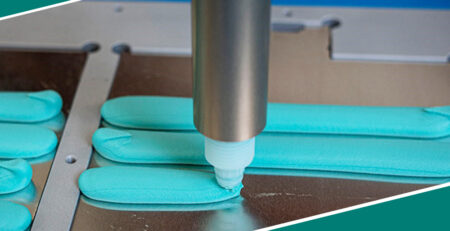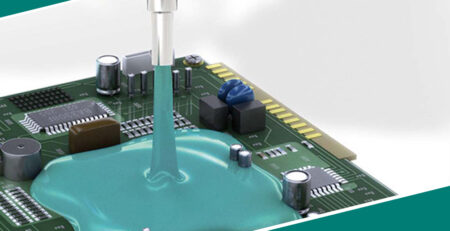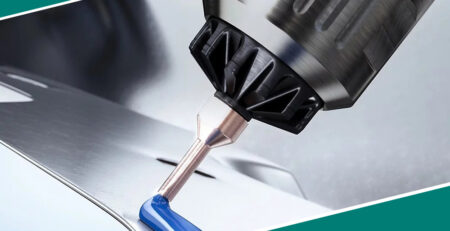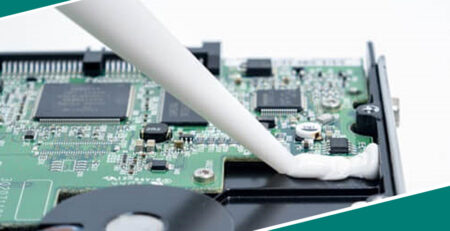The Future of Electronics: Harnessing Non-Conductive Epoxy Adhesive Glue
The Future of Electronics: Harnessing Non-Conductive Epoxy Adhesive Glue
In the ever-evolving realm of electronics, innovation is pivotal in enhancing performance, durability, and safety. Among the numerous advancements, non-conductive epoxy adhesive glue has emerged as a game-changer. This versatile material facilitates efficient bonding and ensures electrical insulation, making it ideal for a wide range of electronic applications. This article explores the characteristics, applications, benefits, and prospects of non-conductive epoxy adhesive glue in the electronics industry.
Characteristics of Non-Conductive Epoxy Adhesive Glue
Non-conductive epoxy adhesive glue is highly favored in electronics for its essential properties, which cater specifically to electronic applications:
- Electrical Insulation: This adhesive ensures that bonded components remain electrically insulated, preventing unintended conductivity that could lead to short circuits or malfunctioning of electronic devices.
- Chemical Resistance:It exhibits robust resistance to a wide array of chemicals commonly encountered in electronic environments, safeguarding the integrity of bonds even when exposed to solvents, oils, and cleaning agents used in electronic manufacturing and maintenance.
- Thermal Stability: Maintaining structural integrity across various temperatures, non-conductive epoxy adhesive glue remains effective under fluctuating thermal conditions in electronic devices. This stability prevents bond degradation and ensures long-term reliability.
- Adhesion Strength:Known for its superior bonding capability, the adhesive forms solid and durable bonds with diverse substrates used in electronic components, including metals, plastics, and ceramics. This feature contributes to the mechanical robustness and longevity of electronic assemblies.
- Curing Mechanism: The adhesive offers flexibility in application, and it is available in formulations that cure at room temperature or through heat activation. This versatility allows for tailored curing processes that suit specific assembly requirements and production timelines in electronic manufacturing. These properties collectively make non-conductive epoxy adhesive glue indispensable in ensuring electronic devices and components’ performance, durability, and safety.
Applications in Electronics
Non-conductive epoxy adhesive glue is indispensable across a spectrum of electronic applications, offering specialized benefits in diverse scenarios:
- Printed Circuit Boards (PCBs):Printed Circuit Boards (PCBs) are used for bonding components and ensuring electrical insulation between layers. This is crucial for preventing short circuits and maintaining signal integrity.
- Semiconductor Devices:Provides encapsulation and protection for delicate semiconductor components, shielding them from environmental factors such as moisture and contaminants.
- Wire Tacking and Encapsulation:Secures wires and cables within electronic assemblies, effectively preventing movement and potential damage while maintaining electrical insulation to avoid short circuits.
- Sensor Assemblies: Bonds sensors to various substrates, ensuring robust adhesion that withstands environmental conditions and preserves signal accuracy.
- LED Modules: They support thermal management by forming a solid bond that aids heat dissipation, crucial for maintaining LED performance and longevity. Additionally, they provide electrical insulation to prevent electrical leakage and ensure operational safety.
These applications highlight non-conductive epoxy adhesive glue’s versatility and critical role in modern electronics, where reliability, durability, and performance are paramount. By offering strong adhesion, electrical insulation, and protection against environmental factors, this adhesive contributes significantly to the functionality and longevity of electronic devices and components across various industries.
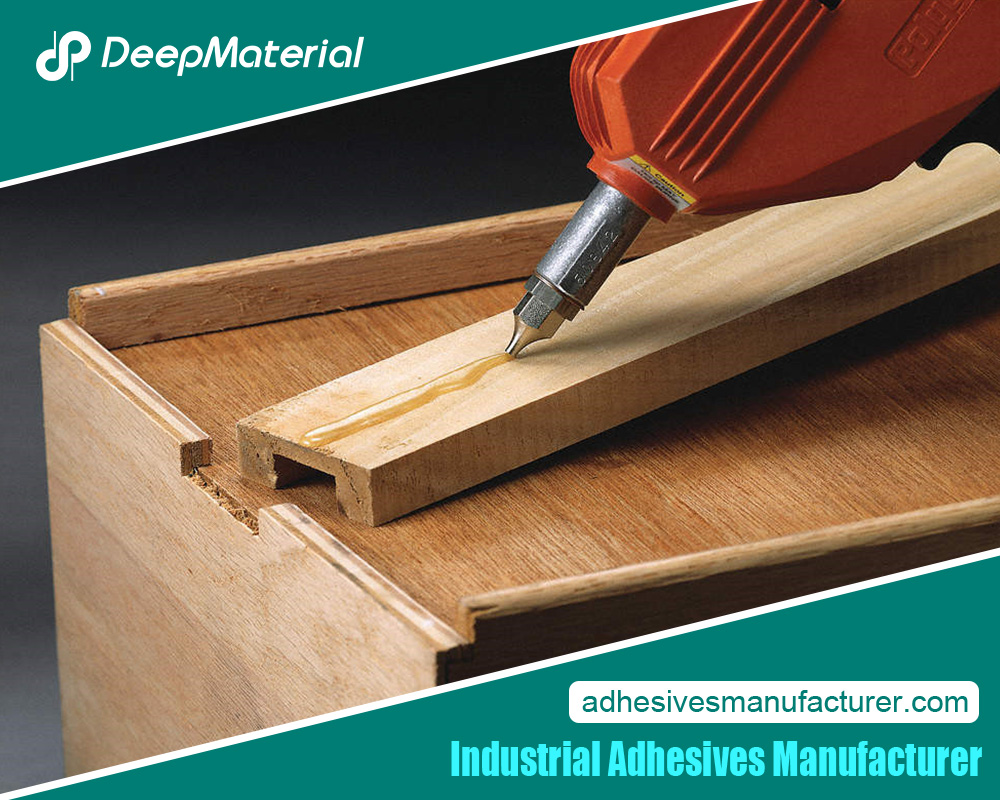 Benefits of Non-Conductive Epoxy Adhesive Glue
Benefits of Non-Conductive Epoxy Adhesive Glue
Non-conductive epoxy adhesive glue for electronics has revolutionized electronic manufacturing with its exceptional properties, contributing to its widespread adoption:
- Enhanced Safety: This adhesive minimizes the risks of electrical shorts and fires, ensuring secure electronic assemblies.
- Improved Reliability:It offers robust bonding that withstands environmental stressors, enhancing the longevity and performance of electronic devices.
- Design Flexibility: Facilitating intricate designs and enabling the miniaturization of electronic components, it supports the development of compact and sophisticated devices.
- Cost Efficiency: This adhesive reduces maintenance costs and enhances overall cost-effectiveness in electronic manufacturing processes by preventing component failures.
- Environmental Friendliness:With low VOC emissions and adherence to regulatory standards, it promotes environmentally sustainable manufacturing practices, aligning with global environmental initiatives.
Challenges and Considerations
Despite its numerous benefits, non-conductive epoxy adhesive glue for electronics presents several challenges that manufacturers must address:
- Curing Time: Certain formulations may require longer, impacting production timelines and efficiency.
- Surface Preparation: Effective bonding necessitates meticulous surface cleaning and preparation to ensure optimal adhesion strength and durability.
- Material Compatibility:It is crucial to choose the right formulation that is compatible with specific substrates to avoid bonding failures and ensure robust adhesion.
- Thermal Conductivity:The limited thermal conductivity inherent in some epoxy adhesives may require additional heat dissipation strategies to prevent electronic components from overheating and ensure reliable performance.
Managing these challenges requires careful consideration during the adhesive selection and application processes to maximize the benefits of non-conductive epoxy adhesive glue while mitigating potential drawbacks effectively.
Future Trends and Innovations
Looking ahead, the future of non-conductive epoxy adhesive glue for electronics promises exciting advancements and innovations aimed at enhancing performance and addressing emerging needs:
- Nanotechnology Integration: Anticipated advancements include the integration of nanomaterials to improve material properties such as strength, flexibility, and thermal conductivity, thereby enhancing the reliability and durability of electronic assemblies.
- Innovative Adhesives:Future formulations may incorporate sensors for real-time monitoring of bond integrity, providing feedback on environmental conditions, stress levels, and potential failures to address issues and improve maintenance strategies preemptively.
- Biodegradable Formulations: Innovations are expected to focus on developing biodegradable epoxy formulations to meet sustainability goals and reduce environmental impact, aligning with global efforts towards eco-friendly manufacturing practices.
- 3D Printing Applications:Adapting non-conductive epoxy adhesives for 3D printing applications will enable customized solutions for complex geometries and designs, revolutionizing manufacturing processes in electronics.
- Integration with IoT: As the Internet of Things (IoT) continues to expand, future adhesive technologies will support IoT devices’ connectivity and functionality demands, ensuring reliable performance and seamless integration within interconnected systems.
These anticipated advancements underscore the dynamic evolution of non-conductive epoxy adhesive glue, positioning it as a critical enabler of innovation in electronic manufacturing, sustainability, and connectivity in the years to come.
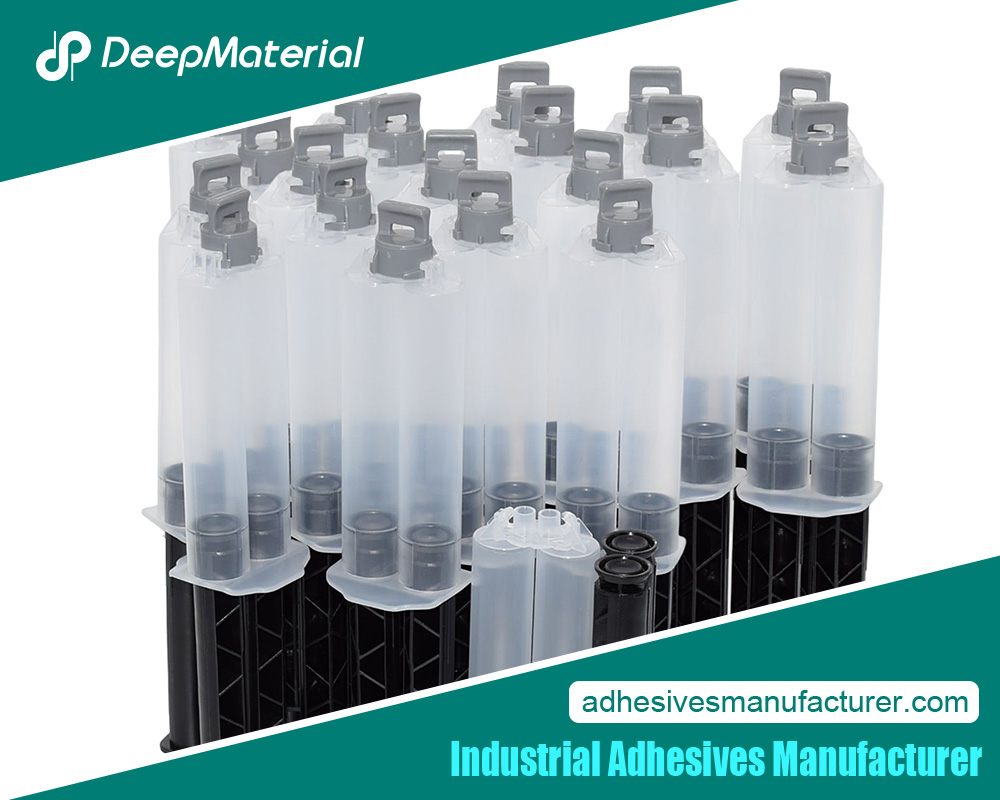 Conclusion
Conclusion
In conclusion, non-conductive epoxy adhesive glue stands at the forefront of electronic advancements, offering unparalleled safety, reliability, and performance benefits. As technology continues to evolve, its role is poised to expand further, driven by innovation and the demand for superior electronic solutions. Manufacturers and engineers are increasingly leveraging its capabilities to push the boundaries of what is possible in electronic design and manufacturing. With ongoing research and development, the future looks promising for non-conductive epoxy adhesive glue, solidifying its position as a cornerstone in the electronics industry.
For more about the future of electronics: harnessing non-conductive epoxy adhesive glue, yu can pay a visit to Deepmaterial at https://www.adhesivesmanufacturer.com/ for more info.

